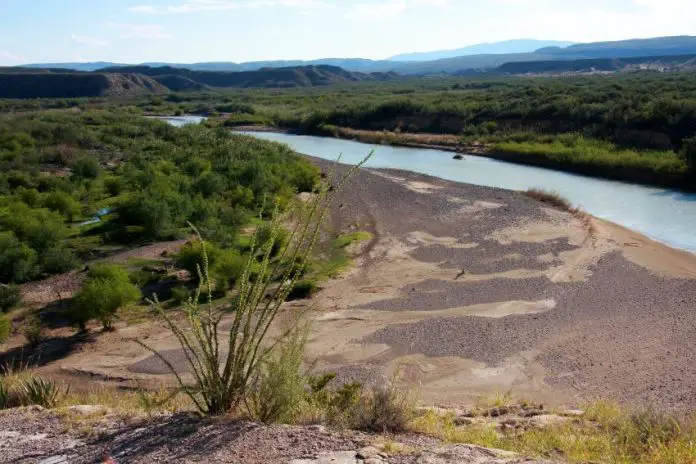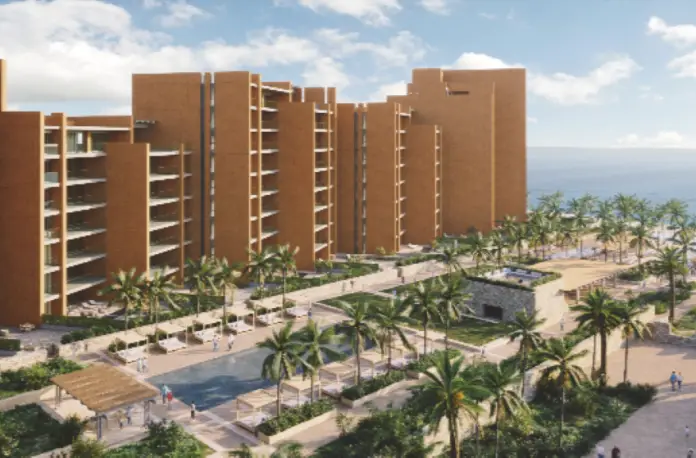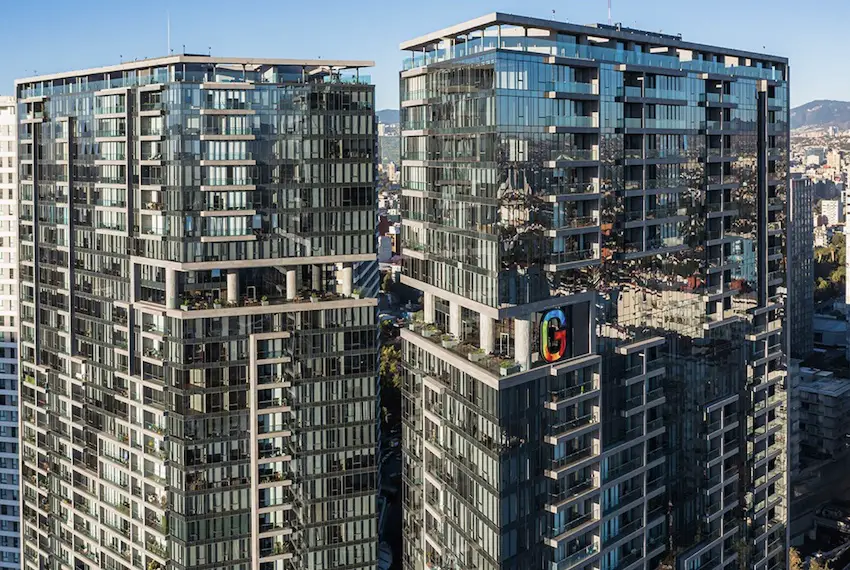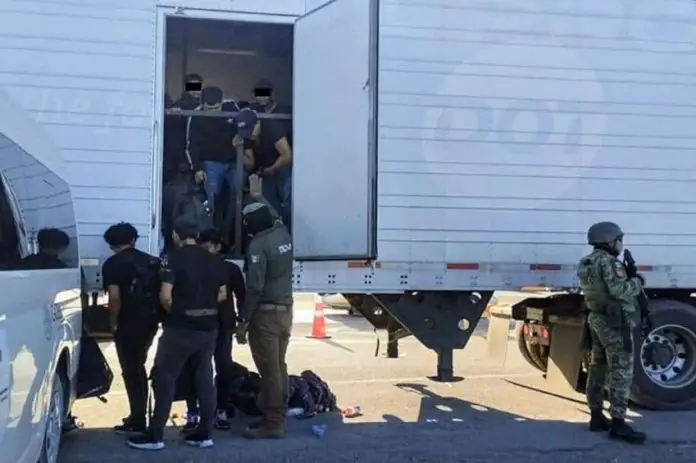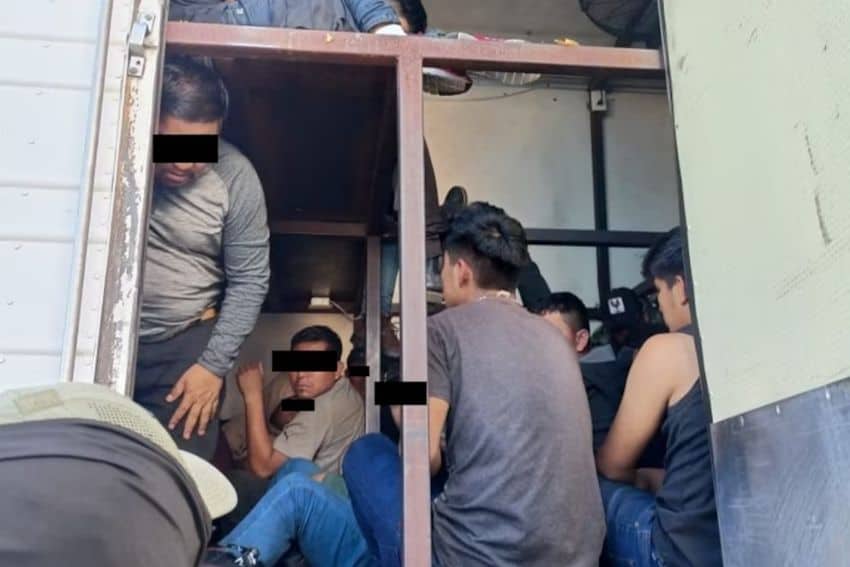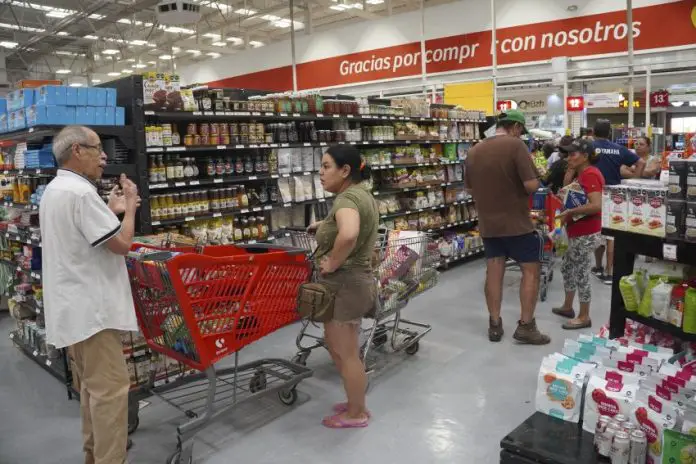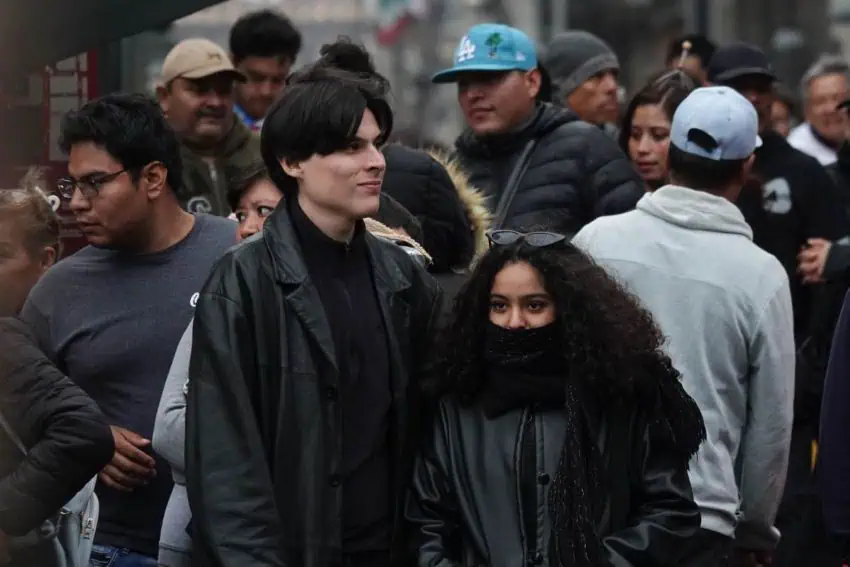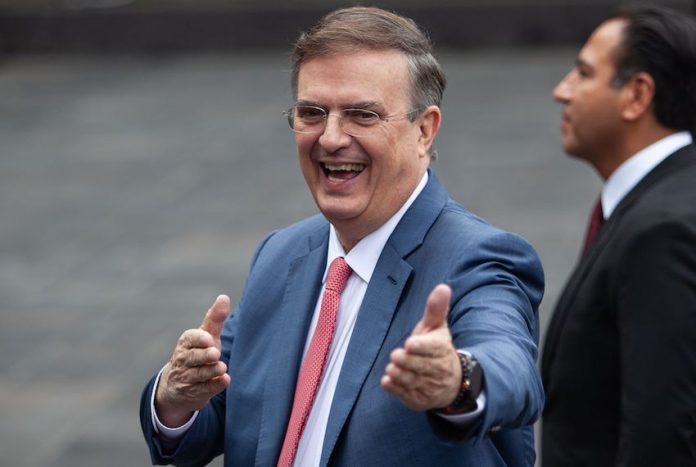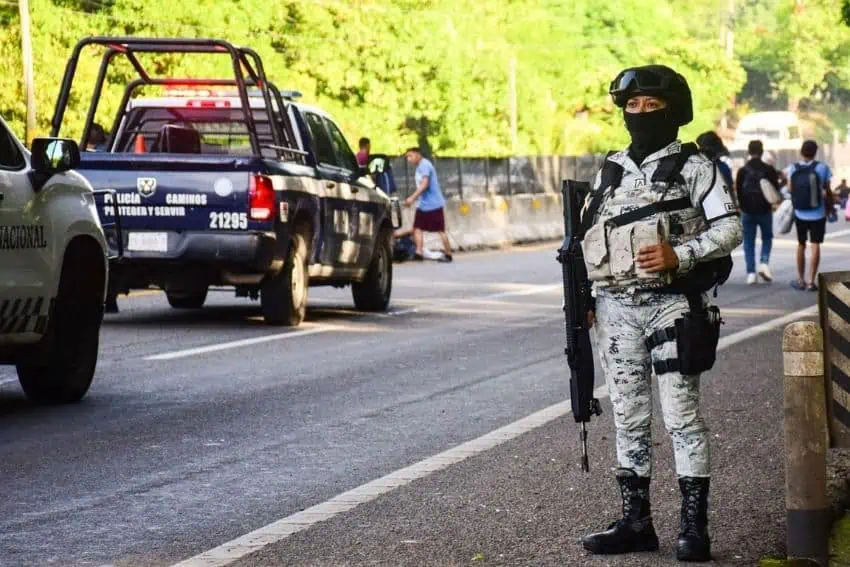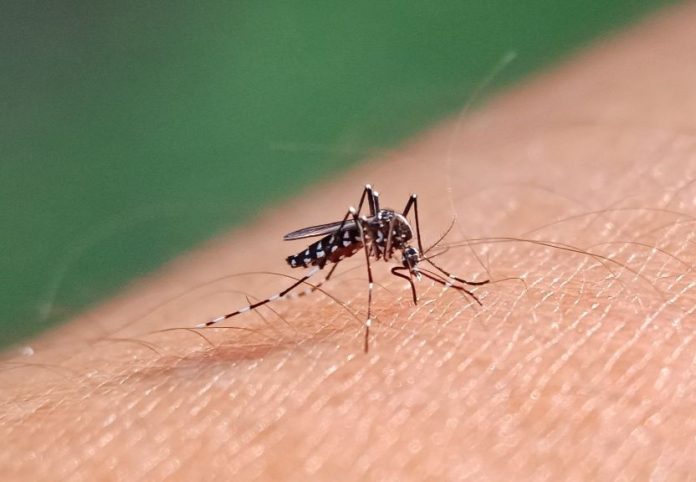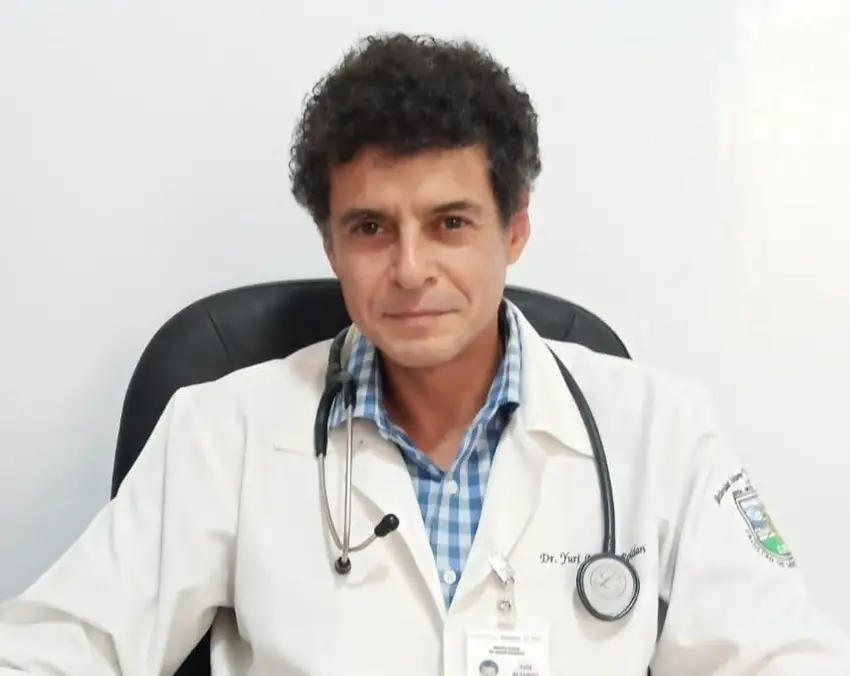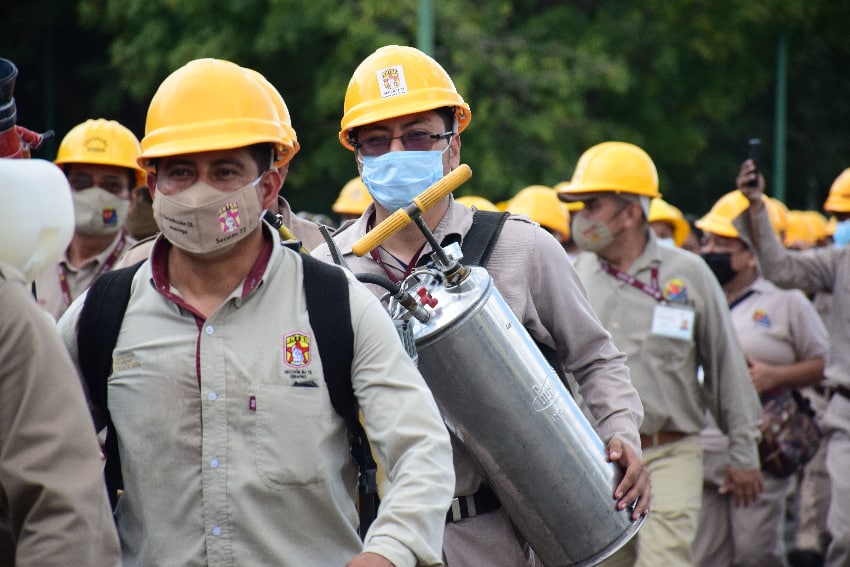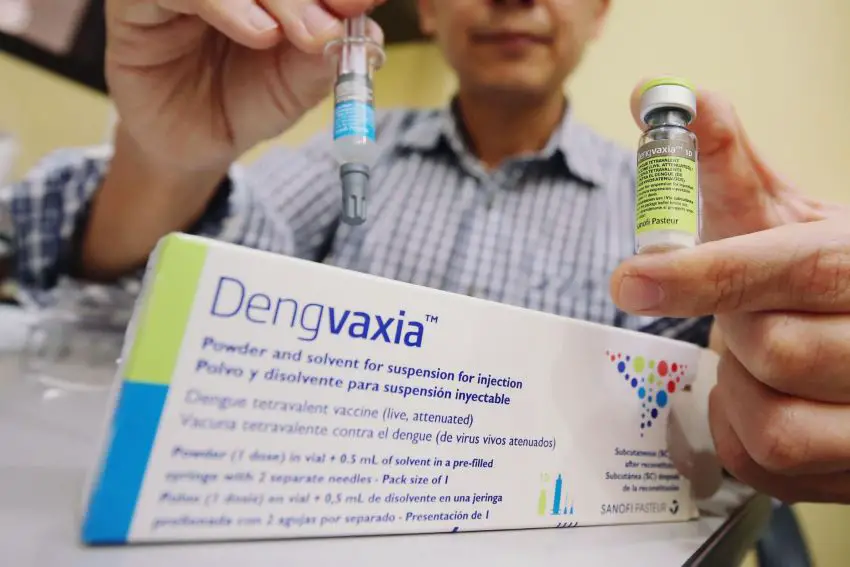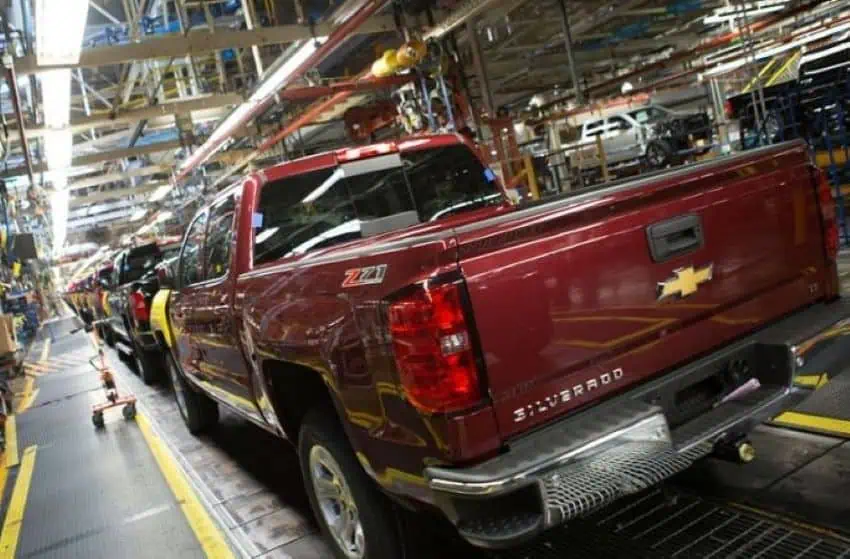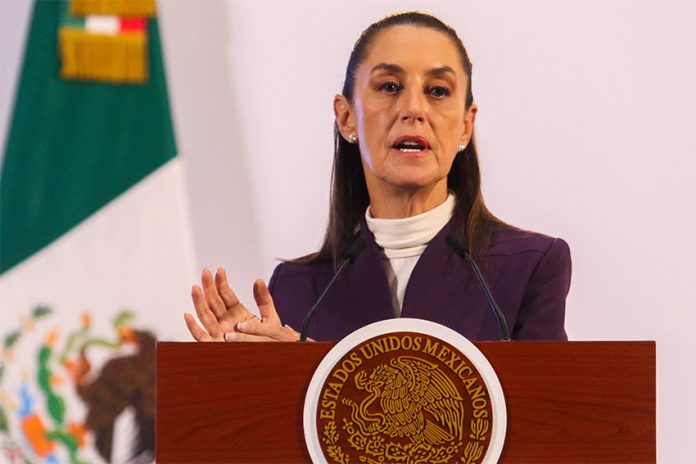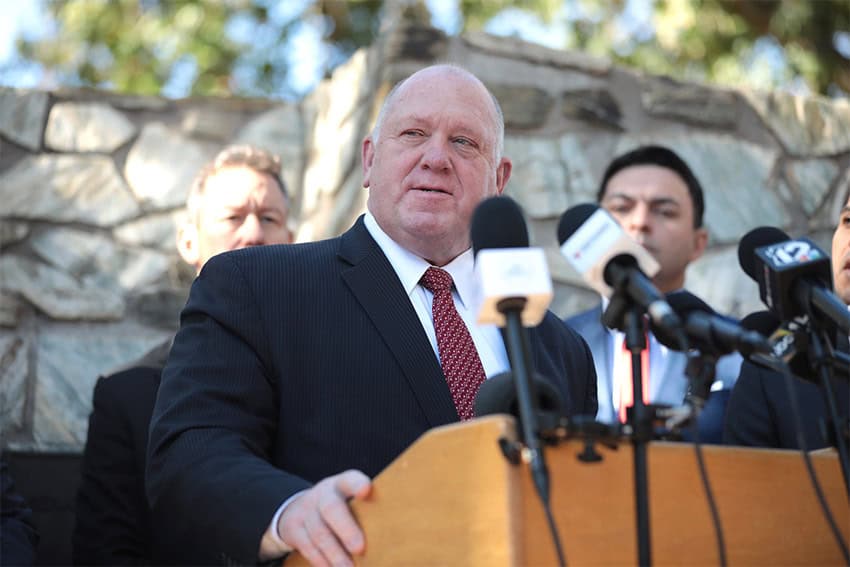Amid growing water scarcity on both sides of the Rio Grande river in recent years, Mexico and the U.S. have come to an agreement aimed at ensuring more regular delivery of water from Mexico to the United States.
The new agreement, which amends an 80-year water treaty between Mexico and the U.S. to share the Rio Grande, comes as Mexico nears the end of a five-year cycle with a likely deficit in its treaty obligations to deliver Rio Grande water to the U.S.
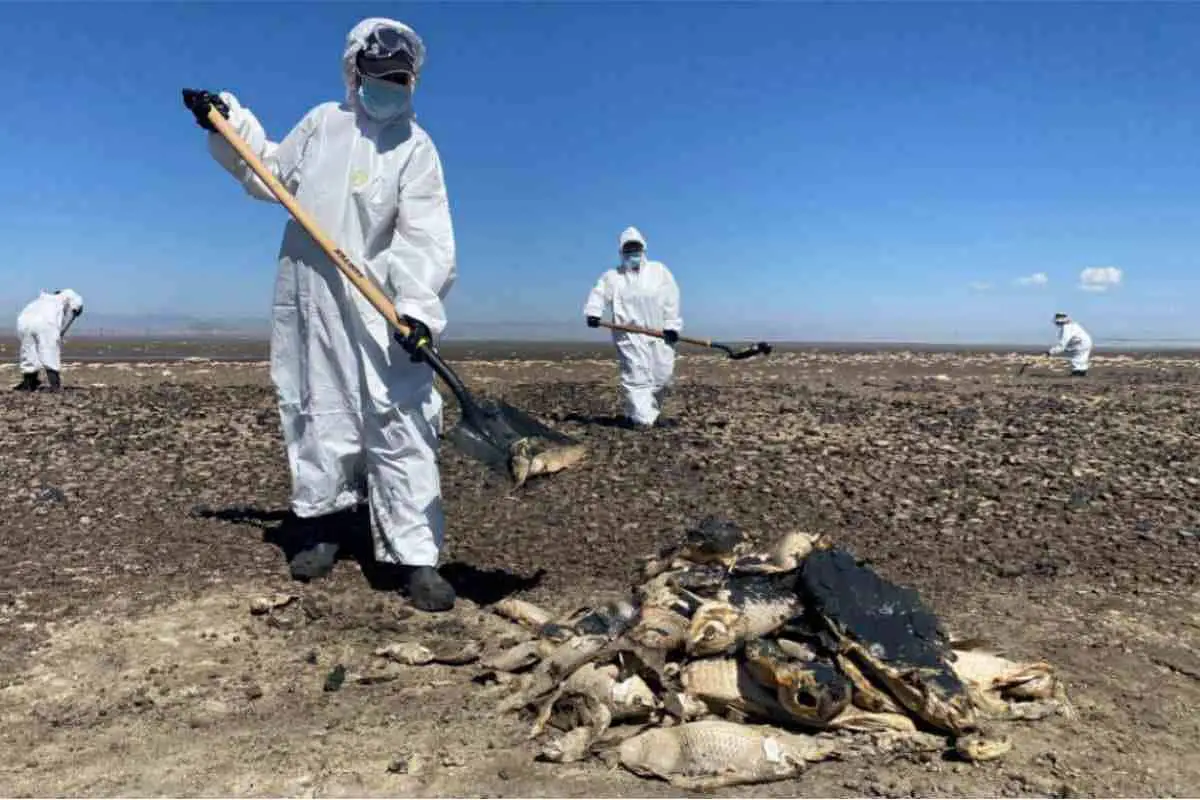
The Rio Grande river is a natural border between the U.S. and Mexico, running through both southern Texas and through the northern Mexico states of Durango, Chihuahua, Coahuila, Nuevo León and Tamaulipas.
The International Boundary and Water Commission (IBWC), which oversees the U.S.-Mexico water treaty, said in a statement that the new measures will provide Mexico with “tools and flexibility to deliver water earlier in the five-year cycle.”
The IBWC is trying to prevent a water deficit crisis, in which Mexico doesn’t deliver its required amount of water from the Rio Grande by the end of the five-year cycle, which ends on Oct. 24, 2025. Under the terms of the 1944 treaty, Mexico is obligated to deliver a total of 1.75 million acre-feet of water by October 24, 2025, absent extraordinary drought or a serious infrastructure accident, according to the IBWC statement.
One acre-foot is enough water to flood one acre of land a foot deep, which means Mexico must deliver about 570 billion gallons of water during each five-year period.
Amid some of the most severe drought-driven water shortages in nearly 30 years, Mexico has fallen behind on water deliveries by about 980,000 acre-feet during this cycle, according to the newspaper Rio Grande Guardian, leading to fears that it will not be able to make up the amount by the end of the cycle.
It’s not the first time Mexico has fallen short in its water obligations, which go to farmers in Texas. The last five-year cycle, from 2015–2020, was the first time in decades that Mexico managed to end the cycle without a deficit. The history of recurring deficits has bred tension between the two nations.

IBWC Minute No. 331, “Measures to Improve the Reliability and Predictability of Rio Grande Water Deliveries to Benefit the United States and Mexico” on Nov. 7 will now provide Mexico with several options to catch up on its water debt, including earlier-than-scheduled water deliveries that would allow Mexico to take advantage of its northern border region’s rainy season.
One of the aforementioned “tools and flexibility” referred to by IBWC would also allow Mexico to give up some of its water allotment under the treaty.
Farmers downstream in Texas’ Rio Grande Valley and across the river in Mexico’s Tamaulipas state have been plagued with water scarcity issues, but Mexico and U.S. officials expressed confidence that the new measure will provide greater reliability and predictability in water allocations to users in both countries.
Mexico’s Foreign Relations Ministry wrote in a statement that “the agreement strengthens bilateral cooperation with regard to critical issues such as water storage, the environment and water conservation in the Rio Bravo Valley.”
Mexico refers to the Rio Grande river as the Río Bravo.
The original treaty calculated water availability based on data from the first half of the 20th century. It foresaw short-term droughts, but not multiyear megadroughts, according to the news channel CNN.
The agreement encapsulated in BWC Minute No. 331 was reached after 18 months of negotiations, Reuters reported, underscoring the immense difficulties of navigating how to share shrinking water resources in a hotter, drier world.
With reports from Reuters, Channel 5 News and CNN
